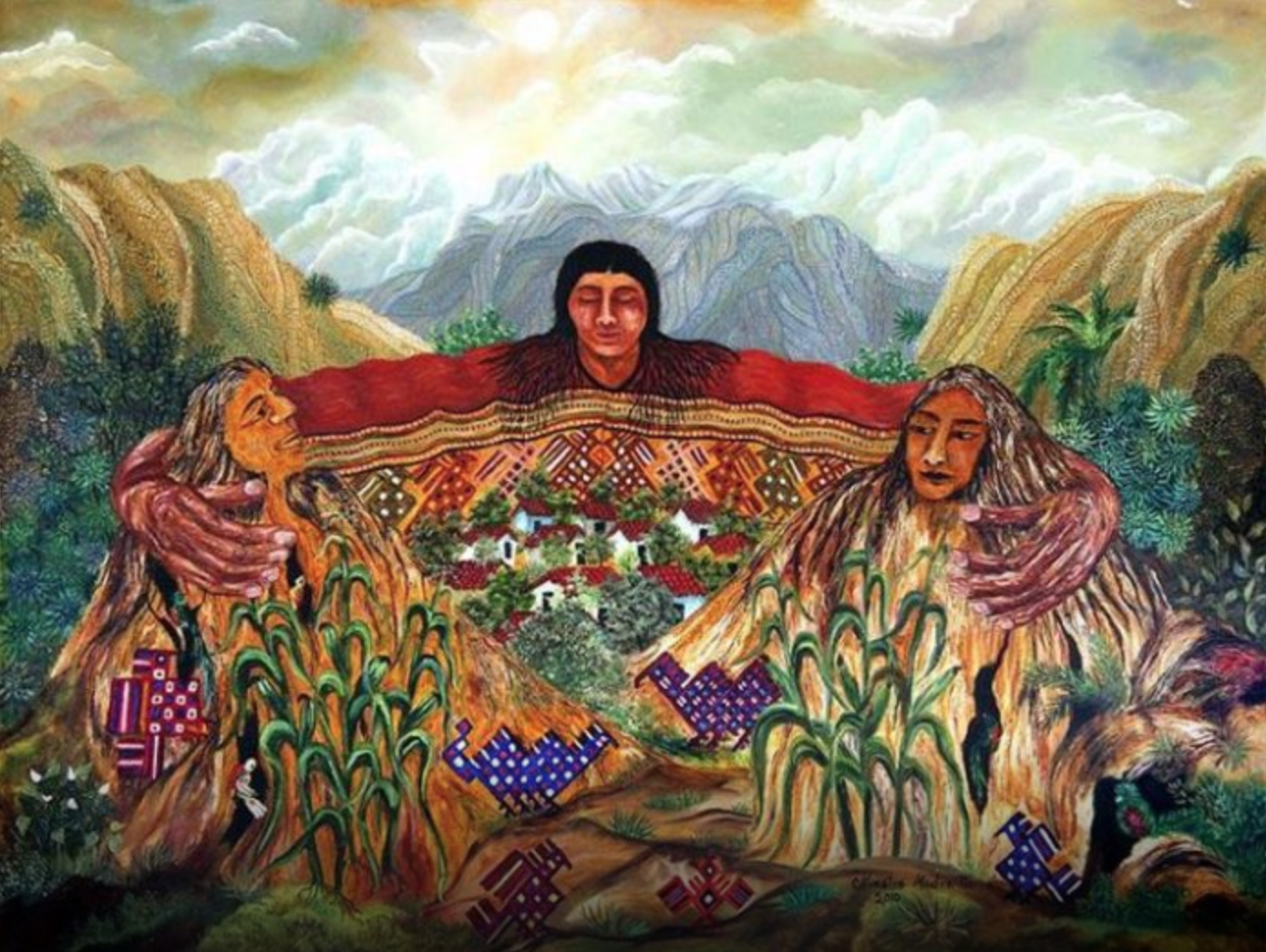Under the leadership of Bolivia, the United Nations General Assembly designated 22 April as International Mother Earth Day through a resolution adopted in 2009. This process of seeking harmony with nature responds to the historical anti-colonial struggles of the native peoples of this country, America, and the world.
Although cultures such as the Egyptian, Mesopotamian, Inca, Aztec, and perhaps all of them have learned ways to modify the environment and adapt to conditions according to their needs, it was not until the origin of the first modern cities that the deterioration of the environment components such as soil, water, or air due to waste generation began to be observed.
The modern relationship between humans and the environment
Although there is evidence of conflicts related to the environment since early times in the history of human beings, such as wars over territories with natural wealth or the production of waste in cities in development, it was not until the late 1960s that concern for the environment gained momentum. This was due to the strong evidence observed in the health of the population and other living beings. In those years, poverty was seen as the worst form of pollution, and concern about this issue took place in developed countries.
More than 50 years later, this is still the trend. The so-called countries “in development” cannot afford to limit their rate of growth as “basic needs” have not yet been met. However, developed countries are also not seriously committed to reducing their negative impacts on the environment because they must maintain their status based on expansion. This trend is linked to today’s prevailing economic system where profit generation is paramount.
During the first international talks on environmental issues at the Stockholm Conference on the Human Environment in 1972, later called the “Earth Summit,” the conception of living beings as “resources” prevailed, including humans, as the head of the Chinese delegation mentioned in his statement. “Of all resources, people are the most important.” Since this Summit, the international community’s interest in pollution and its effects on the biosphere has continued to grow.
On December 15 of the same year, the General Assembly approved a resolution creating the United Nations Environment Programme (UNEP), whose task was to “establish a global environmental agenda to promote the coherent implementation of the environmental dimension of sustainable development within the United Nations system”.
Subsequently, other organizations were created with the same objective of contributing to the construction of “sustainable development”. It should be remembered that the concept of “development” was proposed by President Truman of the United States in 1949 to refer to the existence of poor countries, which he called “underdeveloped”, whose only destiny was to become “developed”. That is to say, to seek to reach the living conditions of countries like his own.
The fact that discussions on the environment began with a “Human Environment” approach shows that, from the outset, concern was focused on the risk run by human beings and not on other forms of life. Fifty years after the Earth Summit and the implementation of its governance instruments at the international level, we can observe growing global warming that is causing devastating climatic changes all over the world, increasing consumerism and excessive production of toxic waste, diseases, and emerging pandemics as a result of an unhealthy relationship with the Earth.
Mother Earth, relationships for life
Unlike the visions and relationships that had been generated with the Earth in colonial and later modern times, the native peoples had and maintain a relationship with the Earth as Mother and sons and daughters, hence the vision of Mother Earth or Pachamama. This familiar and maternal bond with our environment results in a relationship in which the deep desire for the real well-being of the other prevails. Not only the desire to produce and earn at the expense of the Mother but the desire for her well-being because her life and life, in general, are important.
With modernity, the meaning of life and the bond with the “Mother” has been transformed into mere utilitarianism. We must use “Mother” as a resource to generate profit and improve our status in life. Not based on needs but on ambitions for growth and unbridled expansion.
This way of perceiving and thinking about Mother Earth has become part of us as modern individuals. Therefore, despite the negative effects we observe daily in our habits, we do not take drastic measures to recover our link with Mother Earth.
Global warming continues to increase and with it, forest fires of great magnitude increase, and glaciers melt faster and faster, causing countless consequences for human beings.
Therefore, today and every day should be Mother Earth’s day so that we constantly re-think, rebuild, and re-find our path and the meaning of life in order to maintain life itself in all its forms. We must not forget that we are part of Mother Earth.
*Translated from Spanish by Janaína Ruviaro da Silva













